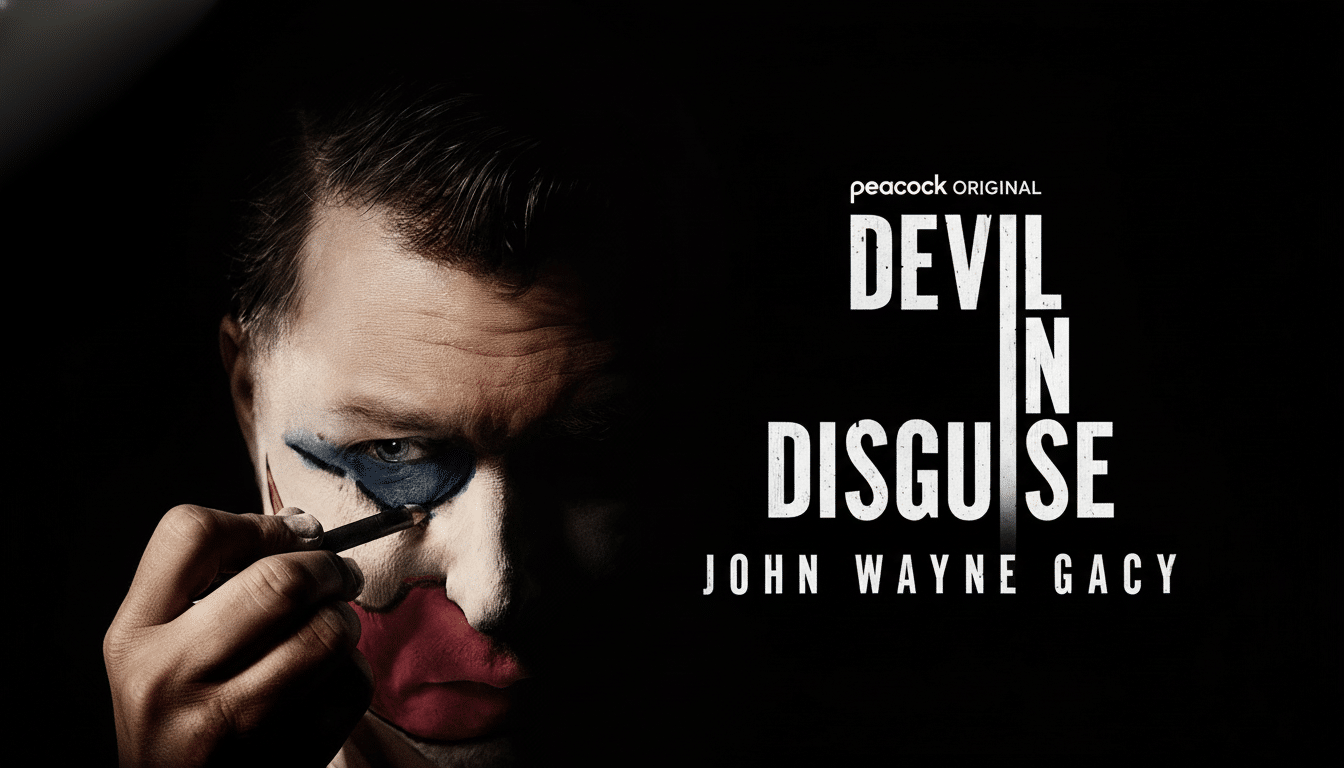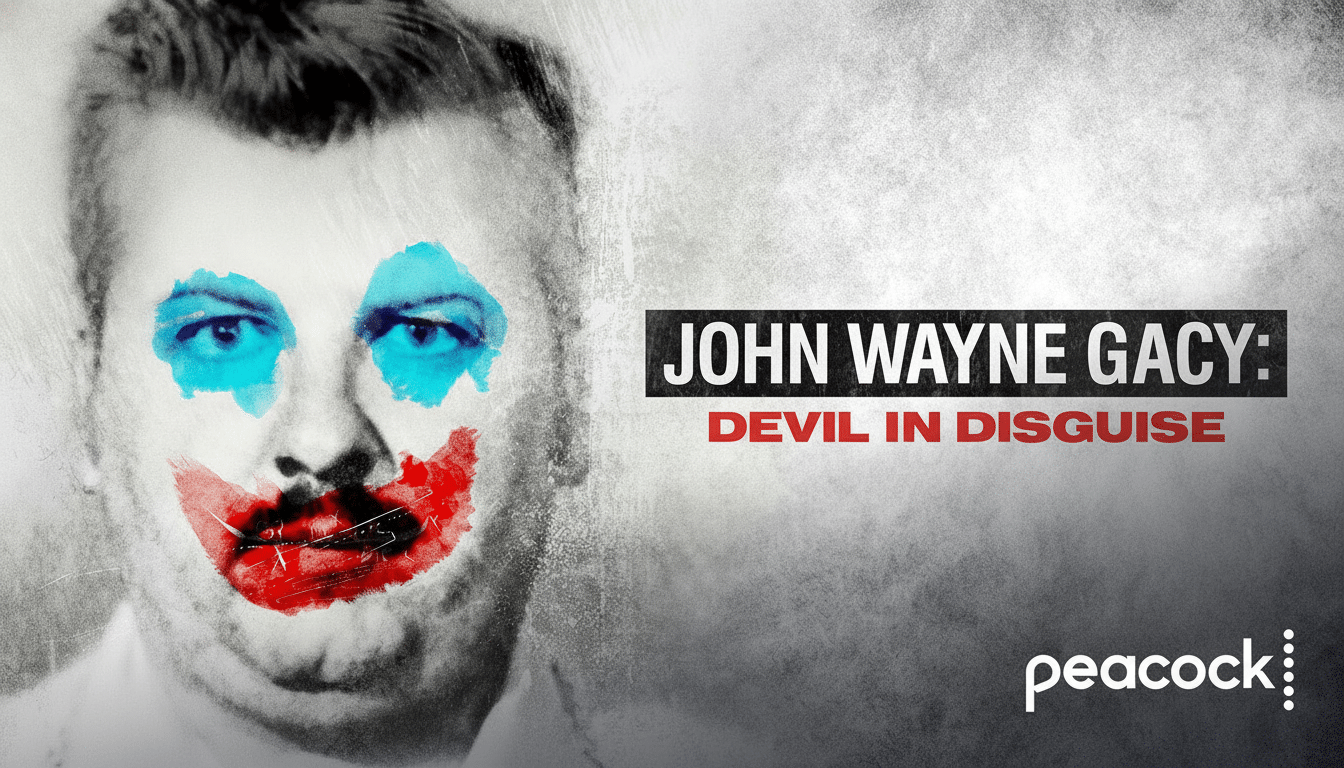Two new headline-grabbing true crime series arrive with the same raw material — infamous murderers of the American Midwest — and come to diametrically opposed conclusions about how these stories ought to be told. Peacock’s Devil in Disguise: John Wayne Gacy plays it more restrained and victim-focused, while Netflix’s Monster: The Ed Gein Story is louder and more meta, challenging viewers not to turn away from their own dark side.
The split emphasizes a longstanding tension within the genre: whether dramatizations can be respectful to victims and educate audiences without celebrating predators. These shows stake their flags on opposite sides of that debate, and so provide a ready-made case study in ethics versus impact versus effectiveness.

Contradictory Ethics in True Crime Storytelling
Devil in Disguise is noticeably coy about the murders themselves. The series doesn’t sensationalize the kill scenes and never flashes to a reenactment of Gacy committing his murders — instead, there’s an emphasis on the men he preyed upon, many of whom were young and whose disappearances were dismissed or swept under the rug. Focusing on families, friends, and the social conditions that made these victims vulnerable, the show charts how bias and neglect permitted a serial offender to prey on victims for years.
Instead, Monster: The Ed Gein Story — the newest harbinger of a blockbuster anthology — embraces stylized reenactments and fourth-wall jabs at onlookers. It places Gein within the pop-cultural lineage he inspired — Psycho, The Texas Chain Saw Massacre, The Silence of the Lambs — while staging lurid tableaux whose provocations skate along a line between critique and complicity. It’s visceral, but it also runs the risk of turning the killer into a macabre celebrity.
What the Camera Sees in Competing True Crime Series
There’s power in implication. Devil in Disguise allows absence to speak — no choreographed assaults, no fetishized crime scenes — so that the audience faces lives interrupted rather than gore displayed. The series makes the case file, performance, and memory its avenues to empathy, and it resists the potentially reductive “killer-as-protagonist” framing that is baked deep into so much true crime.
Monster’s thesis is simpler: Why do we watch? Then it shows us images that may be hard to forget. And that paradox — denouncing our voyeurism while serving it — can cause cognitive dissonance. In media ethics parlance, the show leans toward provocation over proportionality — a trade-off that could end up alienating viewers who would appreciate accountability and context more than shock.
Victims’ Voices and the Allure of Killer Mythology
Trauma-informed practice, on the other hand, focuses on consultation and consent and minimization of retraumatization. And the U.S. Office for Victims of Crime and a leading trauma researcher both recommend centering victims’ dignity and agency in our storytelling. Devil in Disguise follows that directive, and it extends the mission outside of the screen with resource hubs created alongside groups like GLAAD, Covenant House, the National Sexual Violence Resource Center, and Equimundo — along with links to crisis support including the Trevor Project.

Monster has a fan base already in place and a troubled history. Previously in the franchise, Netflix said that an installment of the anthology had received one billion hours of viewership within its first two months, demonstrating the scale of the franchise. But the same phenomenon also brought to light concerns from victims’ families about consultation and portrayal — reminders that visibility can be a double-edged sword if the killer’s narrative overshadows those most affected.
Context and Evidence from Criminology and Data
According to data in the Radford/FGCU Serial Killer Database, serial killing reached its peak in the late 20th century before a downward trend; but the cultural impact of several offenders remains outsized.
When dramatizations over-index on a murderer’s cunning or mystique, they can skew public risk perception — and inadvertently prolong a criminal’s posthumous celebrity.
Investigators, including those in the FBI’s Behavioral Science tradition, emphasize victimology — who victims were, how they lived, and what put them at risk — as integral to interpreting these crimes. Devil in Disguise fits the mold of that investigative lens more closely. Monster, by emphasizing violation and manipulation, is more interested in engaging cultural critique than victim-centered clarity.
What Serves the Audience in These True Crime Dramas
On craft, the two series are polished. But they serve different ends. “Devil in Disguise” is in the mood for restraint, community influence, and a way forward for viewers to learn and help. Monster: The Ed Gein Story stakes its claim in provocation and self-referential commentary, which should please those looking for stylized horror but infuriate the ones that demand an accountability-first approach.
The bigger question is not one of taste, but responsibility. The appetite for true crime is on its last legs. The question now is whether, in the industry, creators will start to normalize a higher bar — one that says no to reenacting harm for thrills, yes to investing in victims’ stories, and, somewhere down the line (more than giving lip service), a real, substantive, context-responsive change more incisive than signage. By that measure, Devil in Disguise points the way to a sustainable future for the genre, and Monster represents the same old risks of looking into the abyss but giving it the last word.

